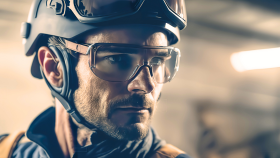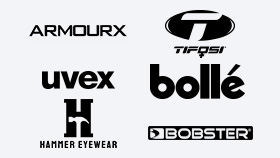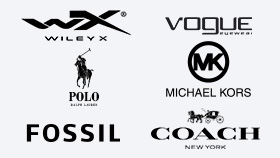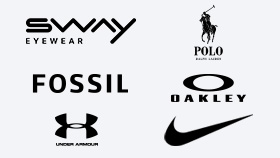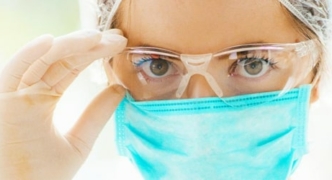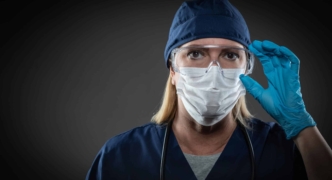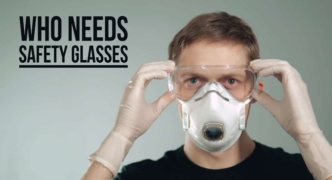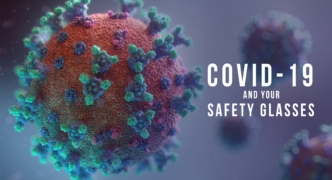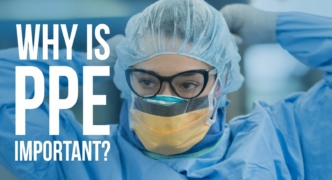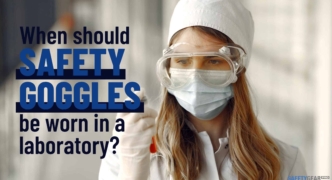8 Ways Coronavirus Changed the Safety Glasses Industry Forever

For decades, medical professionals and technicians have routinely worn personal protective equipment, or PPE, without fanfare, but the 2020 coronavirus pandemic brought their use into the spotlight. Though research has shown the virus is not transmitted through the eyes, both the CDC and Dr. Anthony Fauci, the nation’s leading infectious disease expert, recommend the use of safety glasses or goggles. As a result of the pandemic, the eyewear industry will never be the same.
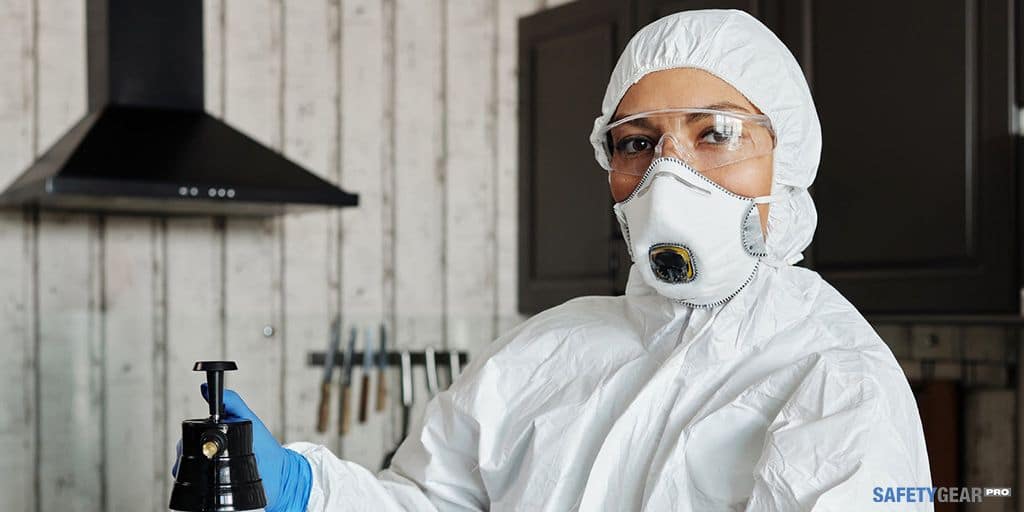
1. Shortages
As workers become sick with COVID-19, production slows down despite increasing demands, and the additional demand for protective equipment for routine use compounds the shortage.
2. Supply-Chain Disruption
Factories that manufacture plastic and other components are also affected for the same reasons, creating a ripple effect in both the supply of products and the resulting delays in their distribution. As a result, the industry must look at ways to avoid future issues with supply and demand.
3. The China Connection
A large number of eyewear manufacturers are located in China, which has a tremendous influence on the global supply chain. In addition, the coronavirus has complicated an already tense trade relationship between other countries and China.
4. Considerable Market Growth Expected
The demand for PPE has led to projections for significant growth (as much as 11%) for the face and eye protection industry. Not only does this bode well for their financial outlook, but also for the job market.
5. Comfort
How protective eyewear fits and feels is becoming increasingly important, especially as more people are wearing them for longer periods of time. Smaller, lightweight glasses with a narrower fit are in demand because the standard size is often too large for people with smaller features.
6. Anti-Fog Functionality
The pandemic has created a need for people in industrial settings to wear masks with their safety glasses, prompting manufacturers to design the glasses with better anti-fog technology.
7. Design
The heightened visibility of PPE during the pandemic has also led to improvements in the design of safety goggles and glasses, making them more fashionable to keep up with the requests of consumers.
8. Technological Advances in Production
In March 2020, China began producing goggles made with a 3D printer and was able to print up to 10,000 pairs a day to close the gap on the shortage. As technology continues to improve and production becomes more sophisticated, the eyewear industry will continue to keep in step with these advances.
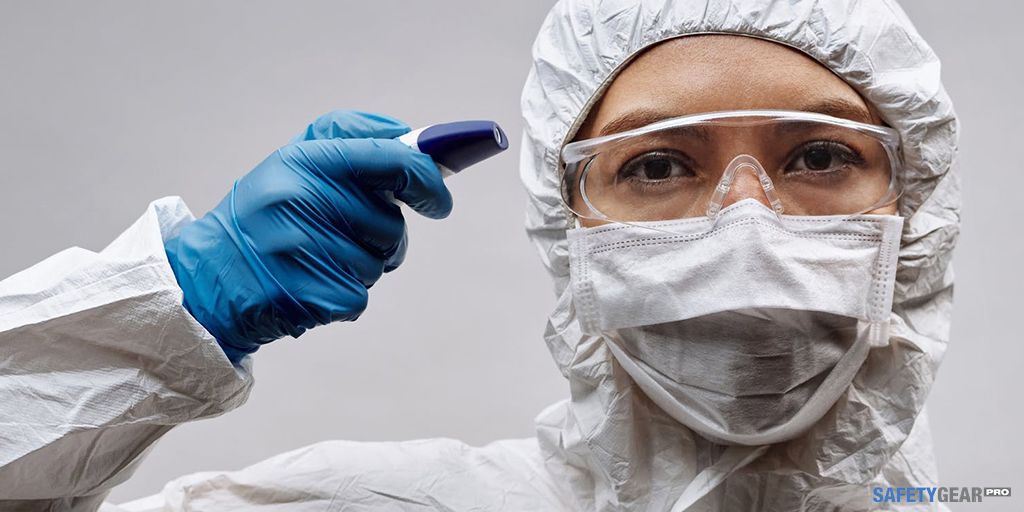
FAQs
Is There Such a Thing as Prescription Safety Glasses?
Yes! Safety glasses come in three types: non-prescription, prescription or frames that fit over your regular glasses. You can get them with single vision, bifocal or even progressive lenses, for nearly every level of correction.
How Expensive is Good-Quality Eye Protection?
Good-quality safety eyewear should have an ANSI rating of Z87.1 and basic frames start around $20. The price for prescription lenses varies depending on what you need, but vision insurance may cover some or all of the cost. You can also use an HSA or FSA to pay for them, so it will keep your out-of-pocket expenses down.
Are There Any Coronavirus Safety Tips for Protecting My Eyes?
Although it’s rare to be infected with COVID-19 through your eyes, the best way to protect yourself is to avoid touching them. Goggles or a face shield will provide a barrier, but the best defense is to frequently wash your hands and avoid touching your eyes altogether.
How Do I Care For My New Glasses?
Keep them clean using a microfiber cloth on the lenses and a soft toothbrush on the frame if they get really dirty. To disinfect them after use, you can wash them in mild dish soap and water, dry them with a soft, microfiber cloth and use a lens cleaning wipe on both the lenses and frames.
How Do I Know What Type of Eye Protection I Need?
The right eye protection depends on the type of job you have and what it requires. Usually, safety glasses are worn to protect the eyes from debris, dust or particles that can damage the eyes, while goggles provide extra wrap-around protection against chemical or biological elements. Your eyesight is precious and protecting it from harm is essential, whether it’s from sawdust at the lumberyard or from COVID-19 in the emergency room. Visit Safety Gear Pro to see their vast selection of safety eyewear and choose the style that is right for you.
